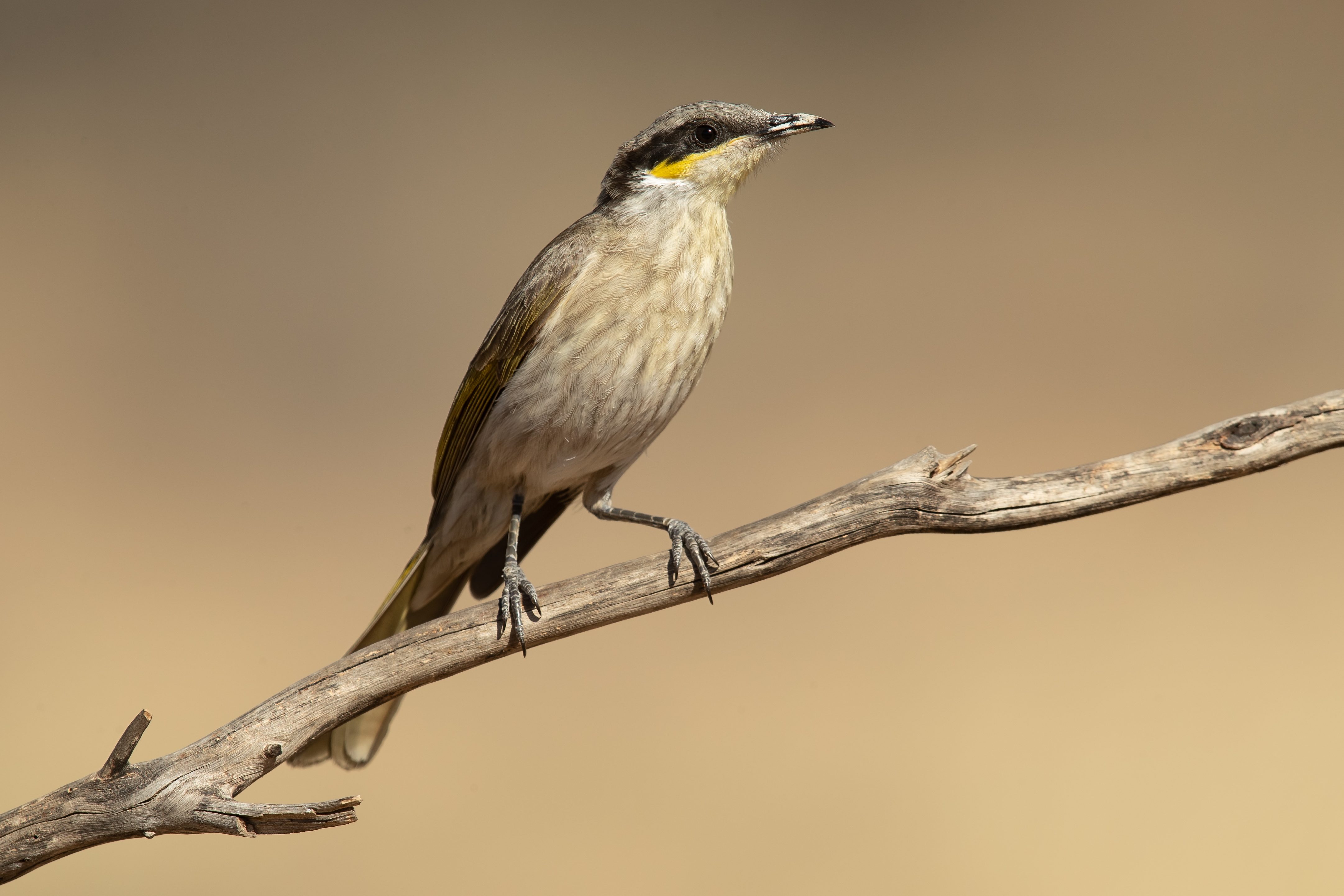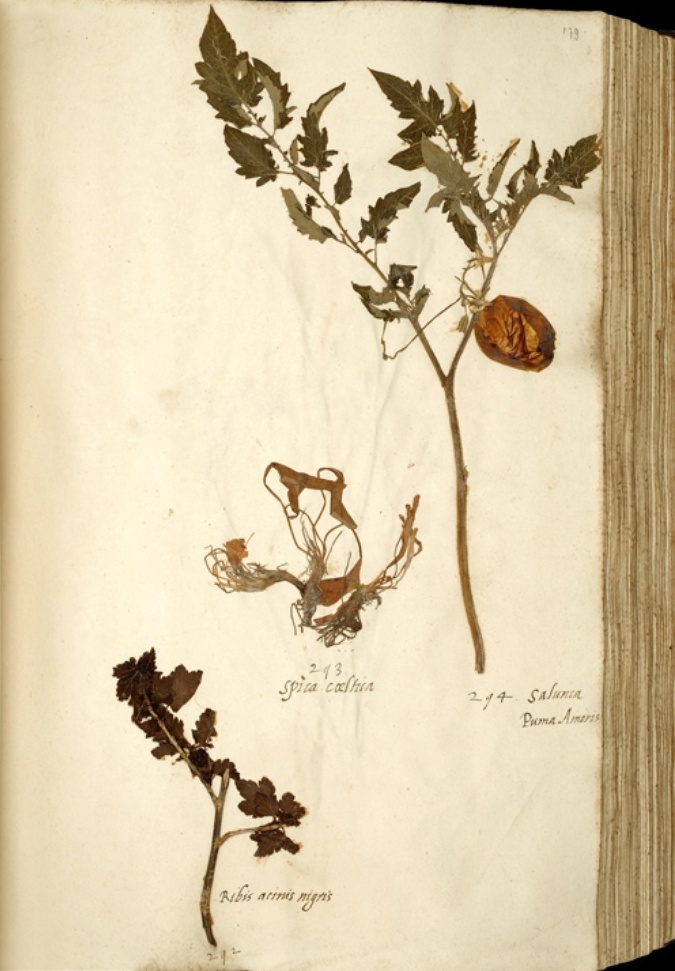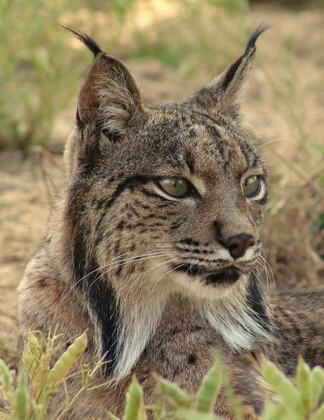|
Eucalyptus Rhodantha
''Eucalyptus rhodantha'', commonly known as rose mallee or rose gum, is a species of straggly mallee or shrub native to parts of Western Australia. It has smooth bark and a crown composed entirely of circular to heart-shaped juvenile leaves arranged in opposite pairs and attached directly to the stems with no stalks. The flower buds appear singly in the leaf axils and are red, the fruits hemispherical to conical and pendent. The rose mallee is grown as an ornamental shrub suitable for gardens in hot and dry climates. It is found more often in urban gardens and cultivation than in the wild and is readily available in seed form. ''E.rhodantha'' was first formally described in 1938 by the Australian botanists and collectors William Blakely and Henry Steedman from material collected by Steedman near Gunyidi, Western Australia in 1934. , Plants of the World Online listed the formerly accepted ''Eucalyptus rhodantha''var. ''petiolaris'' as a taxonomic synonym of ''E.rhodant ... [...More Info...] [...Related Items...] OR: [Wikipedia] [Google] [Baidu] |
William Blakely
William Faris Blakely (November 1875 – 1 September 1941) was an Australian botanist and collector. From 1913 to 1940 he worked in the National Herbarium of New South Wales, working with Joseph Maiden on ''Eucalyptus'', Maiden named a ''red gum'' in his honour, '' Eucalyptus blakelyi''. His botanical work centred particularly on ''Acacias'', Loranthaceae and Eucalypts. The standard author abbreviation ''Blakely'' is used to indicate this person as the author when citing a botanical name. Some published names (incomplete) * ''Astrotricha crassifolia Blakely -- Proc. Linn. Soc. N. S. W. 1925, 1. 385.. * '' Olearia stilwellae Blakely—Proc. Linn. Soc. N. S. W. 1925, 1.385. * ''Hibbertia dentata ''var. ''calva'' Blakely—Contr. New South Wales Natl. Herb. 1(3) 1951 * ''Brachyloma daphnoides'' var. ''glabrum'' Blakely—Contr. New South Wales Natl. Herb. 1(3) 1951 * ''Bertya astrotricha'' Blakely—Contr. New South Wales Natl. Herb. 1(3) 1951 * ''Bertya mollissima'' Blakel ... [...More Info...] [...Related Items...] OR: [Wikipedia] [Google] [Baidu] |
Plant Collecting
Plant collecting is the acquisition of plant specimens for the purposes of research, cultivation, or as a hobby. Plant specimens may be kept alive, but are more commonly dried and pressed to preserve the quality of the specimen. Plant collecting is an ancient practice with records of a Chinese botanist collecting roses over 5000 years ago. Herbaria are collections of preserved plants samples and their associated data for scientific purposes. The largest herbarium in the world exist at the Muséum National d'Histoire Naturelle, in Paris, France. Plant samples in herbaria typically include a reference sheet with information about the plant and details of collection. This detailed and organized system of filing provides horticulturist and other researchers alike with a way to find information about a certain plant, and a way to add new information to an existing plant sample file. The collection of live plant specimens from the wild, sometimes referred to as plant hunting, is an act ... [...More Info...] [...Related Items...] OR: [Wikipedia] [Google] [Baidu] |
Lignotuber
A lignotuber is a woody swelling of the root crown possessed by some plants as a protection against destruction of the plant stem, such as by fire. Other woody plants may develop basal burls as a similar survival strategy, often as a response to coppicing or other environmental stressors. However, lignotubers are specifically part of the normal course of development of the plants that possess them, and often develop early on in growth. The crown contains buds from which new stems may sprout, as well as stores of starch that can support a period of growth in the absence of photosynthesis. The term "lignotuber" was coined in 1924 by Australian botanist Leslie R. Kerr. Plants possessing lignotubers include many species in Australia: ''Eucalyptus marginata'' (Jarrah), '' Eucalyptus brevifolia'' (snappy gum) and ''Eucalyptus ficifolia'' (scarlet gum) all of which can have lignotubers wide and deep, as well as most mallees (where it is also known as a mallee root) and many ''Bank ... [...More Info...] [...Related Items...] OR: [Wikipedia] [Google] [Baidu] |
Shrub
A shrub (often also called a bush) is a small-to-medium-sized perennial woody plant. Unlike herbaceous plants, shrubs have persistent woody stems above the ground. Shrubs can be either deciduous or evergreen. They are distinguished from trees by their multiple stems and shorter height, less than tall. Small shrubs, less than 2 m (6.6 ft) tall are sometimes termed as subshrubs. Many botanical groups have species that are shrubs, and others that are trees and herbaceous plants instead. Some definitions state that a shrub is less than and a tree is over 6 m. Others use as the cut-off point for classification. Many species of tree may not reach this mature height because of hostile less than ideal growing conditions, and resemble a shrub-sized plant. However, such species have the potential to grow taller under the ideal growing conditions for that plant. In terms of longevity, most shrubs fit in a class between perennials and trees; some may only last about fiv ... [...More Info...] [...Related Items...] OR: [Wikipedia] [Google] [Baidu] |
International Union For Conservation Of Nature
The International Union for Conservation of Nature (IUCN; officially International Union for Conservation of Nature and Natural Resources) is an international organization working in the field of nature conservation and sustainable use of natural resources. It is involved in data gathering and analysis, research, field projects, advocacy, and education. IUCN's mission is to "influence, encourage and assist societies throughout the world to conserve nature and to ensure that any use of natural resources is equitable and ecologically sustainable". Over the past decades, IUCN has widened its focus beyond conservation ecology and now incorporates issues related to sustainable development in its projects. IUCN does not itself aim to mobilize the public in support of nature conservation. It tries to influence the actions of governments, business and other stakeholders by providing information and advice and through building partnerships. The organization is best known to the wider p ... [...More Info...] [...Related Items...] OR: [Wikipedia] [Google] [Baidu] |
Endangered Species (IUCN Status)
Endangered species as classified by the International Union for Conservation of Nature (IUCN), are species which have been categorized as very likely to become extinct in their known native ranges in the near future. On the IUCN Red List, endangered is the second most severe conservation status for wild populations in the IUCN's schema after critically endangered. In 2012, the IUCN Red List featured 3,079 animal and 2,655 plant species as endangered worldwide. The figures for 1998 were 1,102 and 1,197 respectively. IUCN Red List The IUCN Red List is a list of species which have been assessed according to a system of assigning a global conservation status. According to the latest system used by the IUCN, a species can be "Data Deficient" (DD) species – species for which more data and assessment is required before their situation may be determined – as well species comprehensively assessed by the IUCN's species assessment process. A species can be "Near ... [...More Info...] [...Related Items...] OR: [Wikipedia] [Google] [Baidu] |
Environment Protection And Biodiversity Conservation Act 1999
The ''Environment Protection and Biodiversity Conservation Act 1999'' (Cth) is an Act of the Parliament of Australia that provides a framework for protection of the Australian environment, including its biodiversity and its natural and culturally significant places. Enacted on 17 July 2000, it established a range of processes to help protect and promote the recovery of threatened species and ecological communities, and preserve significant places from decline. The Act is administered by the Department of Agriculture, Water and the Environment. Lists of threatened species are drawn up under the Act, and these lists, the primary reference to threatened species in Australia, are available online through the Species Profile and Threats Database (SPRAT). As an Act of the Australian Parliament, it relies for its constitutional validity upon the legislative powers of the Parliament granted by the Australian Constitution, and key provisions of the Act are largely based on a num ... [...More Info...] [...Related Items...] OR: [Wikipedia] [Google] [Baidu] |
Vulnerable Species
A vulnerable species is a species which has been categorized by the International Union for Conservation of Nature as being threatened with extinction unless the circumstances that are threatening its survival and reproduction improve. Vulnerability is mainly caused by habitat loss or destruction of the species' home. Vulnerable habitat or species are monitored and can become increasingly threatened. Some species listed as "vulnerable" may be common in captivity, an example being the military macaw. There are currently 5196 animals and 6789 plants classified as Vulnerable, compared with 1998 levels of 2815 and 3222, respectively. Practices such as cryoconservation of animal genetic resources have been enforced in efforts to conserve vulnerable breeds of livestock specifically. Criteria The International Union for Conservation of Nature uses several criteria to enter species in this category. A taxon is Vulnerable when it is not critically endangered or Endangered but ... [...More Info...] [...Related Items...] OR: [Wikipedia] [Google] [Baidu] |
Watheroo, Western Australia
Watheroo is a small town in the Wheatbelt region of Western Australia. There are 137 residents, according to the . History Land in the area was settled by James Oliver in 1851, the area was surveyed in 1871 and the name Watheroo was charted for the first time. Watheroo is a thriving farming Wheatbelt town, farming livestock and grain. The town was an original station on the Midland Railway Company railway line to Walkaway. The townsite was gazetted in 1907. Railway Following flooding along the Moore River in 1907, the railway lines between Watheroo and Moora were closed for some time when parts of the track were washed away. Rail services were again affected in 1917 when of rain fell in three hours causing more flooding, washways and the railyard in town to be submerged. Etymology The name is Indigenous Australian in origin and was the name of a nearby spring. The word Watheroo is derived from the word ''wardo'' which means little bird or more specifically the willy wagt ... [...More Info...] [...Related Items...] OR: [Wikipedia] [Google] [Baidu] |
Three Springs, Western Australia
Three Springs is a town located north of Perth, Western Australia on the Midlands Road, which until the opening of the Brand Highway in 1975 was the main road route from Perth to the state's north. The town is the seat of the Shire of Three Springs. Its economy is based on agriculture (mainly broad acre grain cropping and sheep farming) and mining. History The first Europeans to pass near the Three Springs area were government Assistant Surveyor Augustus Charles Gregory and Francis Thomas Gregory (both attached to the department of the Surveyor-General) and their brother Henry Churchman Gregory, on a public-private funded expedition to search for new agricultural land beyond the settled areas. On 14 September 1846 they camped at Eneabba Springs, southwest of Three Springs, while returning to Perth from the Irwin River. In 1867, government Assistant Surveyor Charles Cooke Hunt, while undertaking a road survey recorded the words "Three Springs" at the site of the current town af ... [...More Info...] [...Related Items...] OR: [Wikipedia] [Google] [Baidu] |
Remnant Natural Area
A remnant natural area, also known as remnant habitat, is an ecological community containing native flora and fauna that has not been significantly disturbed by destructive activities such as agriculture, logging, pollution, development, fire suppression, or non-native species invasion. The more disturbed an area has been, the less characteristic it becomes of remnant habitat. Remnant areas are also described as " biologically intact" or "ecologically intact." Remnant natural areas are often used as reference ecosystems in ecological restoration projects. Ecology A remnant natural area can be described in terms of its natural quality or biological integrity, which is the extent to which it has the internal biodiversity and abiotic elements to replicate itself over time. Another definition of biological integrity is "the capability of supporting and maintaining a balanced, integrated, adaptive community of organisms having a species composition, diversity, and functional o ... [...More Info...] [...Related Items...] OR: [Wikipedia] [Google] [Baidu] |
Wheatbelt (Western Australia)
The Wheatbelt is one of nine regions of Western Australia defined as administrative areas for the state's regional development, and a vernacular term for the area converted to agriculture during colonisation. It partially surrounds the Perth metropolitan area, extending north from Perth to the Mid West region, and east to the Goldfields–Esperance region. It is bordered to the south by the South West and Great Southern regions, and to the west by the Indian Ocean, the Perth metropolitan area, and the Peel region. Altogether, it has an area of (including islands). The region has 42 local government authorities, with an estimated population of 75,000 residents. The Wheatbelt accounts for approximately three per cent of Western Australia's population. Ecosystems The area, once a diverse ecosystem, reduced when clearing began in the 1890s with the removal of plant species such as eucalypt woodlands and mallee, is now home to around 11% of Australia's critically en ... [...More Info...] [...Related Items...] OR: [Wikipedia] [Google] [Baidu] |









